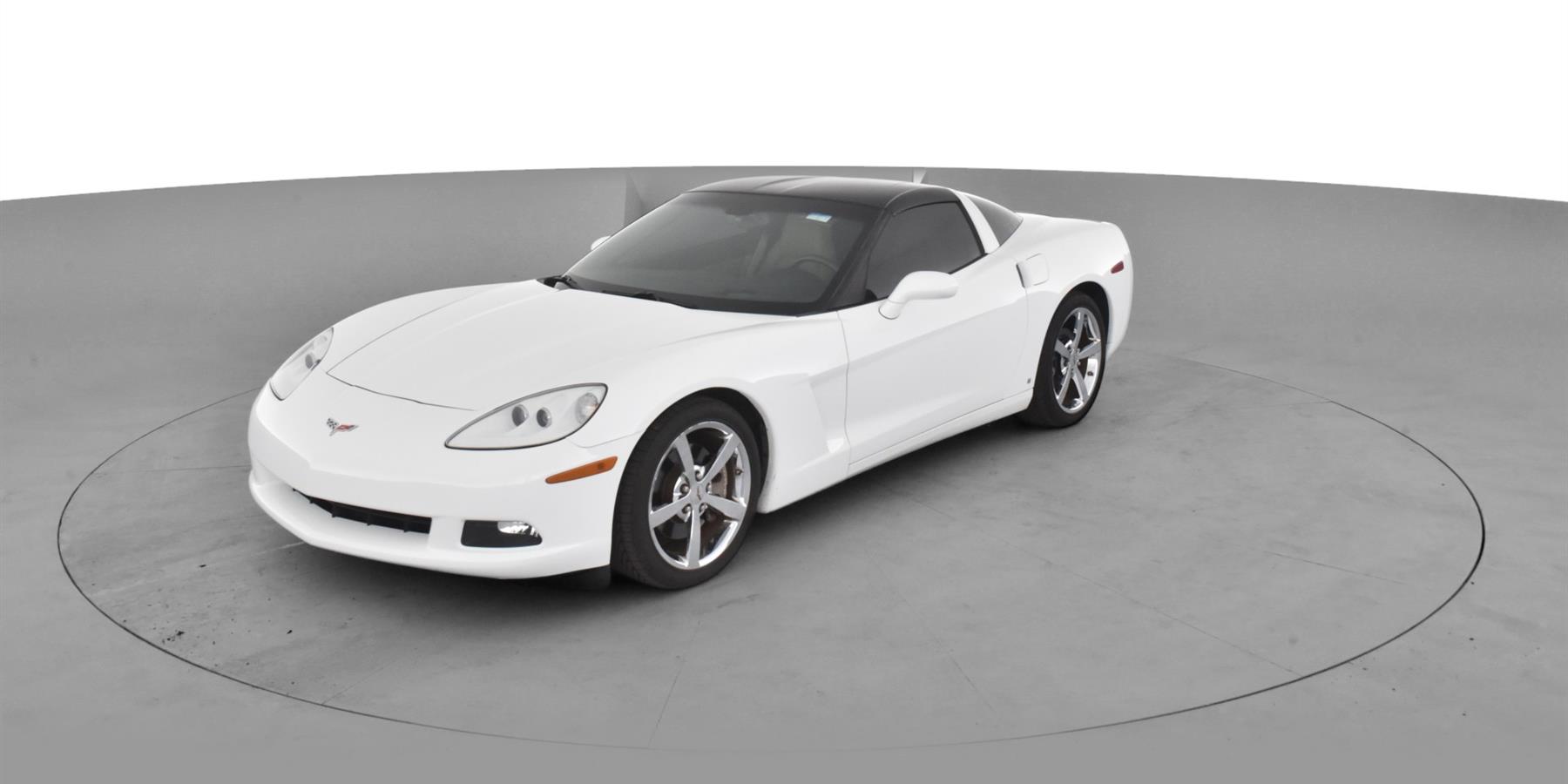2000 Corvette Recalls
Recall 00v111000
Make: Chevrolet
Model: Corvette
Model Year: 2001
Manufacturer: General Motors Corp.
Mfr’s Report Date: Apr 06, 2001
Nhtsa Campaign Id Number: 00v111000
Nhtsa Action Number: Ea00009
Component: Seat Belts:front
Potential Number Of Units Affected: 71569
Summary: Vehicle Description: Passenger Vehicles. The Lap Belt Webbing Can Twist Allowing The Webbing To Become Jammed In The Retractor.
Consequence: When The Belt Webbing Becomes Jammed In The Retractor, The Seat Belt May Be Unusable.
Remedy: Dealers Will Install Inserts To The Belt Web Guide Of Each Lap Belt Retractor.
Notes: Owner Notification Began November 13, 2000. Owners Who Take Their Vehicles To An Authorized Dealer On An Agreed Upon Service Date And Do Not Receive The Free Remedy Within A Reasonable Time Should Contact Chevrolet At 1-800-222-1020. Also Contact The National Highway Traffic Safety Administration’s Auto Safety Hotline At 1-888-dash-2-dot (1-888-327-4236).
Recall 04v060000
Make: Chevrolet
Model: Corvette
Model Year: 2001
Manufacturer: General Motors Corp.
Mfr’s Report Date: Feb 06, 2004
Nhtsa Campaign Id Number: 04v060000
Nhtsa Action Number: Ea02031
Component: Steering:column Locking:anti-theft Device
Potential Number Of Units Affected: 126624
Summary: On Certain Passenger Vehicles Equipped With Electronic Column Lock Systems (Ecl), When The Ignition Switch Is Turned To “Lock,” The Ecl System Prevents Turning Of The Steering System. When The Vehicle Is Started, The Ecl Unlocks The Steering System. The Vehicle Is Designed So That If The Column Fails To Unlock When The Vehicle Is Started And The Customer Tries To Drive, The Fuel Supply Will Be Shut Off So That The Vehicle Cannot Move When The Vehicle Cannot Be Steered. If Voltage At The Powertrain Control Module Is Low Or Interrupted, However, The Fuel Shut Off May Not Occur And The Vehicle Can Be Accelerated While The Steering System Is Locked. Also When The Control System Shows That The Ecl Is Unlocked And The Vehicle Is Being Driven, The Lock Pin Location Can Vary. Depending On The Location Of The Lock Plate Relative To The Switch Transition Point, There Could Then Be Contact Between The Lock Plate And Pin Causing The Steering To Lock While Driving .
Consequence: If This Occurs, A Crash Could Occur Without Warning.
Remedy: On Vehicles Equipped With An Automatic Transmission, The Dealer Will Disable The Steering Column Lock By Removing The Column Lock Plate. When The Ignition Key Is Removed, The Transmission Shifter Will Lock But The Steering Column Will Not Lock. On Vehicles Equipped With A Manual Transmission, The Dealer Will Reprogram The Powertrain Control Module, Perform A Dimensional Check Of The Column Lock And, If Necessary, Replace The Lock Plate. The Steering Column On These Vehicles Will Continue To Lock When The Key Is Removed. Owner Notification To Owners Of 1997 Vehicles Equipped With Automatic Transmissions Began On April 26, 2004. Owners Of 1998 Through 2004 Vehicles (Except 1997-1998 Manual Transmission Vehicles) Will Be Notified Beginning On August 2, 2004. The Remaining Owners (1997-1998 Manual Transmission Vehicles) Will Be Notified Later In 2004, When Parts Are Available. Owners Should Contact Chevrolet At 1-800-630-2438.
Notes: Gm Recall No. 04006. Customers Can Also Contact The National Highway Traffic Safety Administration’s Auto Safety Hotline At 1-888-dash-2-dot (1-888-327-4236).
No Subscription? You’re missing out
Get immediate ad-free access to all our premium content.
Get Started



